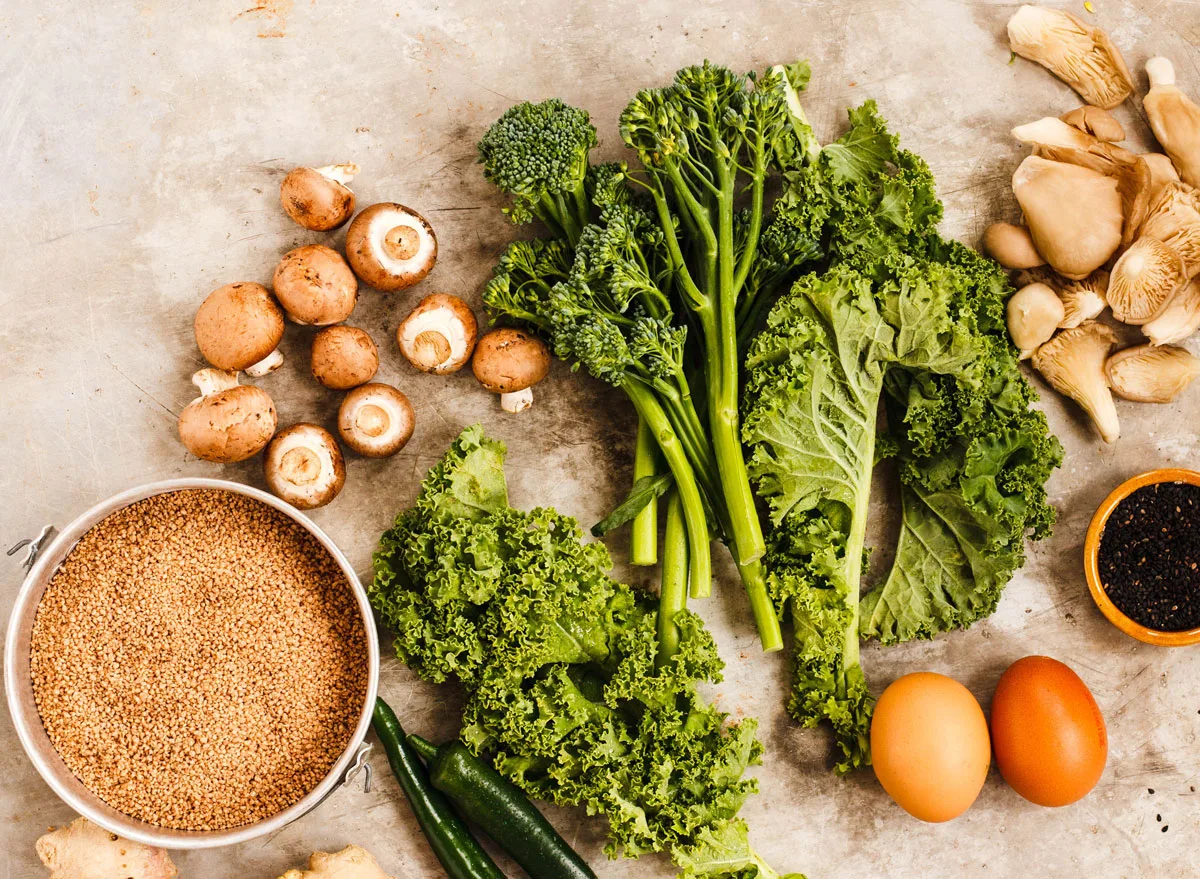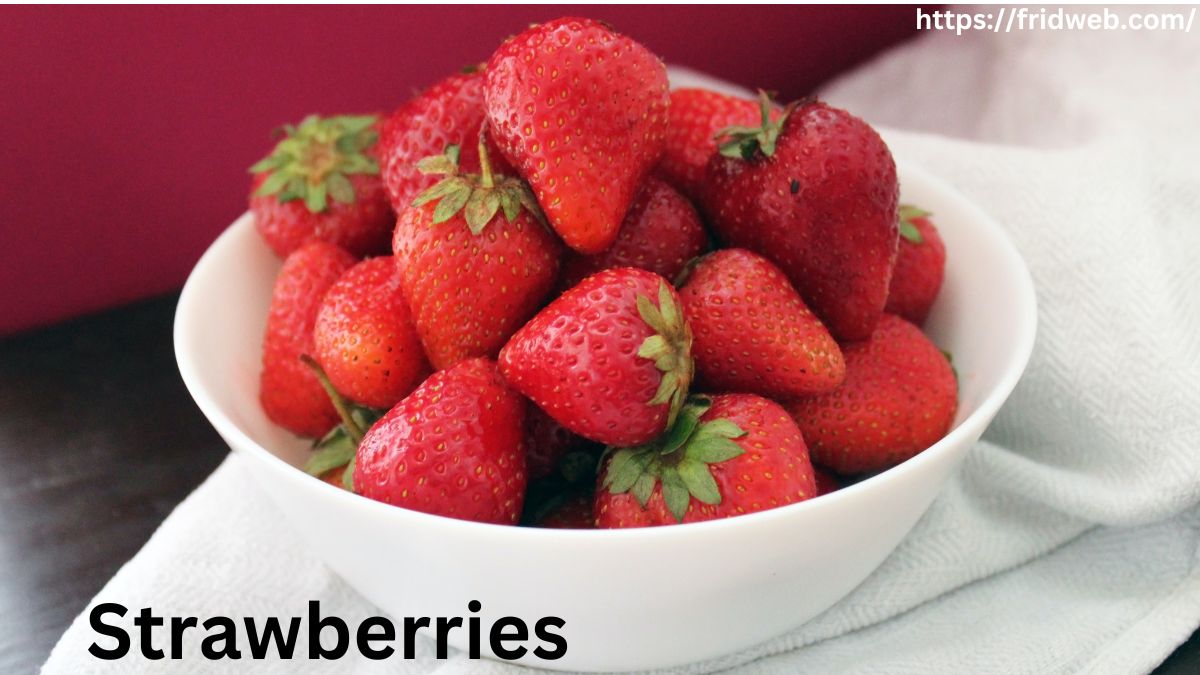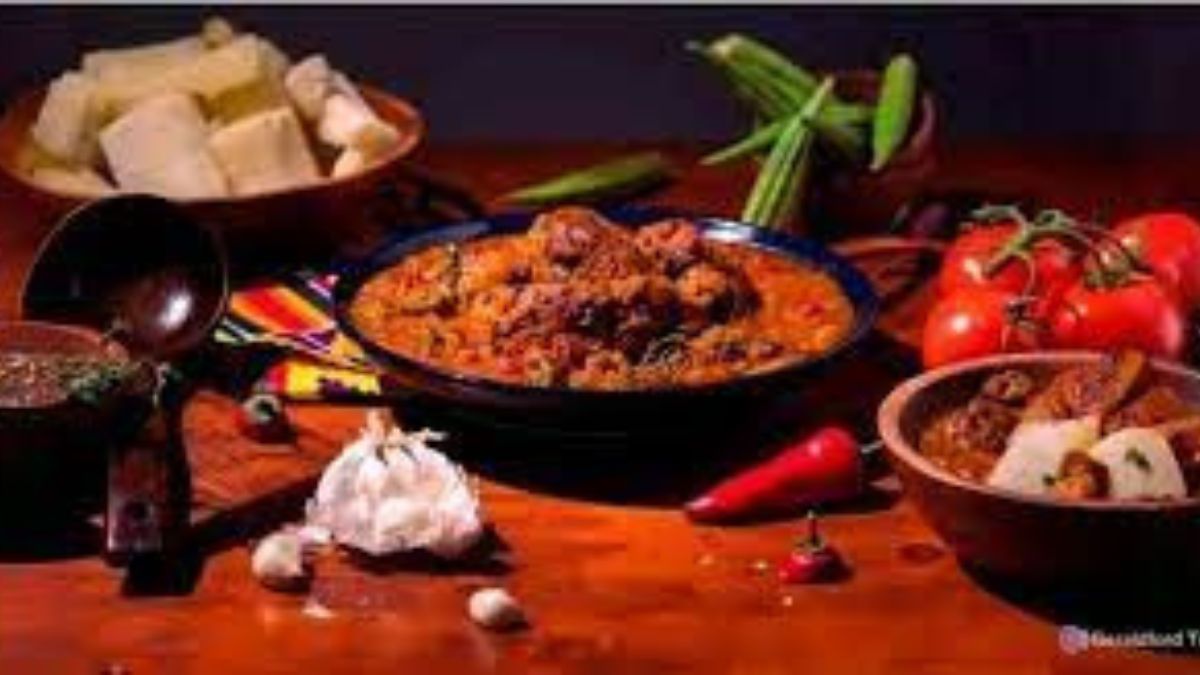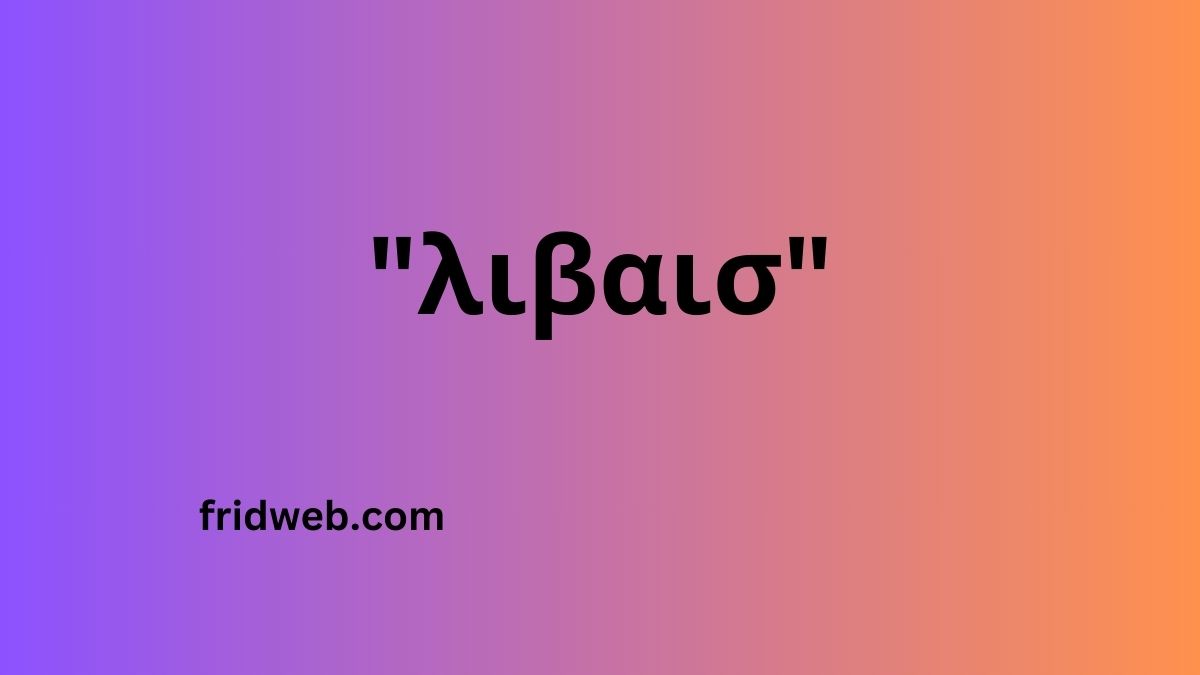Food
Cod, a protein food for this Holy Week

Easter is cod time, there are recipes to prepare it in a thousand different ways.
Cod became popular with the ban on eating meat on Fridays , since it was a fish rich in protein , which kept well in salt and could be cooked in many different ways.
A little history…
Before talking about cod, I cannot resist talking about fasting and abstinence in Lent , which was mandatory in our country until a few years ago.
The fast consisted of eating no more than one strong meal a day and abstinence from eating meat during Lent and the rest of the Fridays of the year, spending time in prayer and acting with measure and charity. And from 14 to 59 years of age, he respected himself if there were no medical reasons involved.
Those were times when the church dictated many rules in Spain, and fasting and not eating meat during Holy Week was a show of respect for Calvary and the death of Jesus on the cross.
Look where, now it is fashionable to do ‘detox’ fasting and it is increasingly popular to do ‘ Free Meat Monday ‘ or ‘ Monday without meat’ and dedicate vacation time to meditation retreats…
Perhaps we human beings need time to take care of what we eat and reflect on our lives, and what we used to do due to religious imposition, now we do it out of necessity seeking balance in our lives.
I am not in favor of prolonged fasts, but I do support short 24-hour fasts, meatless Mondays, and weeks of cleansing diet twice a year. And curiously, if the basic Christian fast was with ‘bread and water’, now bread is the least recommended as we are inflated with carbohydrates and we opt for seasonal vegetables and fruits and water.
The truth is that when you analyze many of the customs or obligations in relation to food that religions imposed, you realize that they make sense from a nutritional, health and environmental point of view.
I recommend the book by the American anthropologist Marvin Harris , Cows, Pigs, Wars and Witches: The Enigmas of Culture . I read it in college and it opened my ‘closed’ scientific mind to the popular wisdom contained in religious taboos. The anthropologist speaks of ‘cultural materialism’, a practical way of explaining why different cultures act in one way or another, in the end it is the search for efficiency with the law of least effort. And he explains that some of the religious prohibitions regarding food are not a random whim of the gods, they have a logical explanation.
For example, in Hinduism not eating meat makes sense if you think that keeping a cow or an ox alive was a good investment, since they served as pack animals, to plow the fields, they gave milk and their droppings could even be used as fertilizer. and wood for the fire. A cow was insurance to save the family from starvation for a long time.
The same goes for the ban on eating pork between Muslims and Jews., pigs are omnivorous like us and compete for the same food, they are not worth as pack animals, they do not give milk, they require humidity and shade, which did not occur in the semi-desert regions where Islam and Judaism originated and also, they were a vector of infection of some parasites such as the dreaded trichinosis.
The religious prohibitions against eating these animals prevented the temptations of eating these meats when there were times of scarcity, saving people who respected them from future famine or disease. Interesting.
Without going too far, in our recent history, we can explain the fasting and abstinence of Lent and Fridays imposed by the Catholic Church, as a form of ‘mandatory nutritional standards’ to a naturist custom or a fashion such as weekly or spring cleansing is now. . Since after the long winter, when there were hardly any fresh vegetables and fruits and it was necessary to throw away canned, salted, smoked, etc., the vegetarian diet was easier to follow when the season in which vegetables grow began, and with fasting and withdrawals, we also “cleansed” ourselves from the toxins accumulated from eating badly during the winter.
Now that the effects of fasting are beginning to be studied , there are several interesting effects of its practice, it could be good to regulate insulin, mobilize fat and even activate the brain. Come on, in the end, the church ‘helped’ us to be healthy by setting strict rules, in times where they were not skipped. If you had to fast, you would fast, and no one would think of putting a plate with meat on a Friday, so that the neighbors or the priest would not find out, that was the way those times were.
And after this dissertation on the uses and customs of nutrition in the Spanish Catholic Church, I finally come to talk about cod, this week’s food, which is not only a fish with a delicate flavor and grateful to cook, it is also a source of complete protein very interesting for athletes who seek to increase the intake of amino acids to nourish our muscles.
COD PROPERTIES
The cod ( Gadus morhua ) is a migratory fish that lives in the cold seas of the North.
Being a white fish, it has a low fat content and low caloric value with 74 calories per 100 g .
It is rich in proteins of high biological value (18 g per 100 g) and vitamins B1, B2, B6, B9 and B12 and minerals such as sodium, potassium and phosphorus, some iodine, calcium, magnesium and zinc .
The curious thing about cod is that it stores its fat reserves mainly in the liver , this organ being rich in vitamins A, D and E and omega 3 fatty acids . Cod liver oil was extracted from the liver , a traditional remedy in ancient times. before the bottles of multivitamins to supplement children and weak and sick people.

Food
Recalled Strawberries: Ensuring Consumer Safety and Trust

The industry as well as consumers may be significantly impacted by recalls of food goods owing to safety concerns. The strawberry business has seen its fair share of difficulties recently, with multiple recalls undermining consumer confidence. This article examines the significance of food safety, the causes of strawberry recalls, and the steps the industry has done to regain customer confidence. Consumers may make educated judgements by being aware of these elements, and strawberry farmers can improve their operations to avoid more recalls.
The Significance of Food Safety
Both consumers and regulatory authorities are extremely concerned about food safety. The concerns of contamination become much more important when it comes to strawberries, which are frequently eaten raw and uncooked. Foodborne infections can cause serious health problems and, in rare circumstances, even death. To guarantee the integrity and safety of food items, authorities rigorously enforce rules and continuously monitor the food manufacturing processes.
Reasons for Strawberry Recalls
There are several reasons for strawberry recalls, including contamination, poor handling, and problematic packaging. Recalls have a variety of common causes, including
- a) Bacterial Contamination: Throughout various production and distribution phases, strawberries may become infected with pathogens like Salmonella or E. coli. Contamination can happen when you come into contact with unclean surfaces, drink polluted water, or wash your hands improperly.
- b) Pesticide Residue: Strawberries may contain dangerous pesticide residues if pesticides are used excessively or improperly during growing. Consumer health may be at danger from high amounts of pesticide residue, which may lead to recalls.
- c) Foreign things: Occasionally, owing to equipment malfunctions or human mistake during processing and packing, strawberries may include foreign things like fragments of plastic or metal. These alien things have the potential to hurt people physically, leading to recalls to stop injuries.
Industry Initiatives to Ensure Safety
The industry has put into place a number of efforts targeted at increasing safety and preventing future events in order to address the issues raised by strawberry recalls. These programmes comprise:
Producers are urged to embrace good agricultural practises (GAPs), which entail taking steps to guarantee secure growing, harvesting, and packing procedures. These procedures include of performing proper handwashing, keeping irrigation systems clean, and routinely assessing and resolving any contamination issues.
- b) Improved Testing and Inspection: To identify and avoid contamination. Strawberry farmers are investing more money in stringent testing and inspection procedures. To detect possible risks and swiftly address them, this entails routinely monitoring and analysing the soil, water, and crops.
- c) Implementing reliable traceability systems makes it possible to quickly identify and isolate tainted batches. Producers can identify the source of contamination and stop the infected fruit from reaching customers by tracing strawberries along the supply chain.
Rebuilding Consumer Trust
After enduring recalls, the strawberry business must focus on regaining customer trust. Transparency and proactive communication are crucial in this process. Producers must promptly and clearly tell consumers of recalls, their reasons, and the efforts taken to avert such situations in the future. Restoring confidence can also be aided by improving consumer education on safe handling and cleaning procedures.
Conclusion
Recalls of strawberries have highlighted how crucial food safety is to the business. Strawberry producers may guarantee the safety and reliability of their goods by addressing the reasons behind these recalls, putting stronger procedures in place. And improving communication with customers. Customers should exercise caution by buying their strawberries from reliable vendors, cleaning them well before eating, and keeping track of any recalls or safety alerts. The strawberry business can reclaim its reputation and deliver healthy and palatable strawberries to the market with the help of growers and consumers working together.
Food
18-Year-Old Tiana’s Sweet Fresh Cookies: A Delightful Journey of Homemade Goodness

Sinking your teeth into a warm, newly baked cookie is a particularly pleasant experience in a world full of pre-packaged snacks and fast meals. Meet 18-Year-Old Tiana’s Sweet Fresh Cookies-tooth enthusiast whose love of baking has inspired a charming trend. Come along as we explore Tiana’s adventure of creating delicious, handcrafted cookies that are winning over taste buds and hearts.
The Genesis of Tiana’s Baking Passion(18-Year-Old Tiana’s Sweet Fresh Cookies)
The Joy of Baking Discovered (H2)
Tiana had a passion for baking at a young age. She tried basic cookie recipes and eventually improved her abilities thanks to her curiosity and a dash of originality.
A Passed-Down Family Custom (H2)
Tiana added her own spin to the time-honoured classics, injecting them with a fresh, youthful attitude, guided by the wisdom of her grandmother’s hidden cookie recipes.
Crafting the Perfect Cookie
The Art of Baking: From Dough to Deliciousness (H2)
Each component is carefully chosen by Tiana, who pays attention to both quality and flavour. Her method calls for the ideal proportions of butter, flour, sugar, and a dash of love.
A Variety of Creative Flavours (H2)
Tiana explores uncharted territory by boldly experimenting with flavours. Enjoy her luscious chocolate-mint treats or indulge in her tart lemon-infused cookies.
How to Create the Perfect Texture in Baking (H2)
Tiana reveals the secret to getting the perfect cookie texture—crisp on the outside, mushy in the middle. A harmonious fusion of flavours and textures is produced by her expert control of baking time and temperature.
Spreading Love, One Cookie at a Time(18-Year-Old Tiana’s Sweet Fresh Cookies)
A Sweet Haven: Tiana’s Cookie Corner (H2)
Tiana’s enthusiasm developed into a little bakery run out of her house. Enter her inviting cookie area, where you’ll be greeted by the scent of freshly made treats.
Cookie customization: Baking Memories (H2)
Tiana’s cookies have the ability to make any celebration, from weddings to birthdays, a special one. Her distinctive flavours and patterns make an enduring impression.
The Ingredients of Success: Perseverance and Community
Overcoming Obstacles (H2)
There have been challenges along Tiana’s journey. She perseveres despite supply shortages and baking mistakes with unshakable determination.
Building a Community That Loves Cookies (H2)
A thriving online cookie enthusiast community has grown thanks to Tiana’s online presence. She gives ambitious bakers the tools they need to make their own cookie magic through courses and interactive sessions.
Conclusion
Tiana’s tale is a good example of the wonder that results when fervour and creativity converge. Her 18-year-old hands transformed the ordinary cookie into a work of art by weaving a tapestry of tastes, textures, and memories. Remember that every bite of Tiana’s cookies contains some of her heart and soul while you enjoy their delicious, fresh goodness.
Frequently Asked Questions (FAQs)
Can Tiana’s cookies be shipped all over the country?
Tiana now provides local shipments, but she is aiming to increase her shipping choices so that she may reach cookie lovers everywhere.
Can I place a special order for a certain occasion?
Absolutely! Tiana enjoys making customized sweets for special events. To discuss your special cookie dreams, contact her.
Are there any options that are vegan or gluten-free?
Tiana is aware of dietary inclinations and limitations. To meet different demands, she provides a variety of gluten-free or vegan cookie options.
How can I discover Tiana’s baking secrets?
Tiana presents live sessions and online lessons where she reveals her baking tips and tricks. Check her websites for updates on upcoming events.
What motivated Tiana to begin her cookie-baking endeavours?
The inspiration for Tiana’s delightful journey was sparked by her grandmother’s cherished dishes and her own love of baking.
Food
Cassasse: Unveiling the Culinary Marvel

The term “cassasse,” which appeals to both seasoned chefs and foodies, refers to more than simply an ingredient; it’s a phenomena in culture. We shall explore the fascinating dimensions, varied applications, and lengthy history of cassasse in this piece, helping to reveal the mysteries of its relevance and appeal.
History of Cassasse
The origins of cassasse can be traced back to prehistoric societies who appreciated its special attributes. Cassasse has developed from prehistoric times to the present, becoming an essential component of many different culinary customs around the globe.
Cassasse in Modern Cuisine
With the ever-changing culinary scene of today, Cassasse has emerged as a major player. Because of its culinary adaptability, mouthwatering recipes that appeal to foodies all over the world have been created.
Nutritional Value of Cassasse
In addition to being delicious, Cassasse has a remarkable nutritional profile. Rich in vital nutrients, it provides health advantages that make it an invaluable supplement to a diet that is well-balanced.
Cassasse in Different Culinary Cultures
Discover the many ways that other cultures use cassasse, and discover regional differences and original dishes that highlight its versatility in gastronomy around the world.
How to Include Cassasse in Your Meal Plan
To help individuals who are excited to try Cassasse in their own kitchens get started, we offer helpful hints and recipes that are suitable for every skill level.
Cassasse’s Impact on Sustainability
Find out how Cassasse supports environmentally friendly methods, encourages mindful eating, and advances sustainability in the food industry.
Difficulties and Debates Encircling Cassasse
Like any culinary marvel, there are some controversy about Cassasse. Handle discussions and environmental issues related to its production and use.
Cassasse: A Culinary Trend or Timeless Ingredient?
Does Cassasse have a timeless appeal or is it just a fad? Examine its appeal at the moment and learn about forecasts for its culinary future.
Cassasse in Popular Media
In the entertainment industry, Cassasse has left its imprint on everything from social media to cookery shows. Learn about its existence on large and small screens as well as the internet buzz it creates.
Interview with a Cassasse Expert
Learn firsthand information from a culinary expert with experience using Cassasse. Discover exclusive advice and suggestions for using this special ingredient in your own recipes.
Cassasse DIY: Growing Your Own
If you’re a green thumb, consider growing cassasse in your own backyard. Learn from the successes of home gardeners who have embraced the joy of producing their own food to find inspiration.
Cassasse Festivals Around the World
Discover the charms of Cassasse by attending events honouring this delectable culinary treasure. Learn about distinctive customs and occasions that highlight the importance of Cassasse culture.
Exploring Cassasse Beyond the Plate
Investigate Cassasse’s influence on art, literature, and other fields to learn about its wider cultural influence. Explore the ways in which this item becomes more than just a culinary ingredient and finds application in other creative fields.
Conclusion
As we get to the end of our investigation of Cassasse, pause to acknowledge the adventure we’ve been on. Cassasse demonstrates that it is more than simply a delectable food item—it is a cultural gem that should be appreciated—from its historical beginnings to its contemporary existence.
FAQ’s
Is Cassasse a common ingredient in everyday cooking?
Because of its distinctive flavour and adaptability, cassasse is becoming more and more popular in regular cooking.
Are there any health concerns associated with consuming Cassasse?
Cassasse is generally seen as a beneficial complement to a balanced diet when used in moderation. Like any cuisine, though, overindulgence should be avoided.
Can I find Cassasse in local grocery stores, or is it a specialty ingredient?
Cassasse is becoming more widely available, with more grocery stores carrying it, but it may still be found in some specialist stores depending on where you live.
What are some beginner-friendly Cassasse recipes for someone new to cooking with this ingredient?
For novices, straightforward recipes such as stir-fries or soups with cassasse infusion are excellent since they let them enjoy the distinctive flavour without being overly complicated.
How can I learn more about the cultural significance of Cassasse in different regions?
Participate in online forums, go to Cassasse festivals, and read cookbooks that delve into the intriguing cultural background of this ingredient.
-

 Fashion6 months ago
Fashion6 months agoHow To Style Earrings for a Night Out
-

 Real Estate1 year ago
Real Estate1 year agoHow to Unlock the Benefits of Real Estate Investment in Pakistan
-

 Business2 months ago
Business2 months agoWhat Can You Expect from a High-End London Office Space?
-

 Tech11 months ago
Tech11 months agoTMIIS Virtual Gateway: Opening New Horizons in Global Connectivity
-

 Digital Marketing2 months ago
Digital Marketing2 months agoHow to calculate CPM in digital marketing?
-

 Lifestyle1 year ago
Lifestyle1 year agoThe New Trend in Home Furnishings Teapoy and Wooden Sitting Stool
-

 General2 months ago
General2 months agoUnraveling the Mysteries of “λιβαισ”: A Comprehensive Guide
-

 Real Estate1 year ago
Real Estate1 year ago5 Common Mistakes to Avoid When Buying Property in Pawleys Island, SC